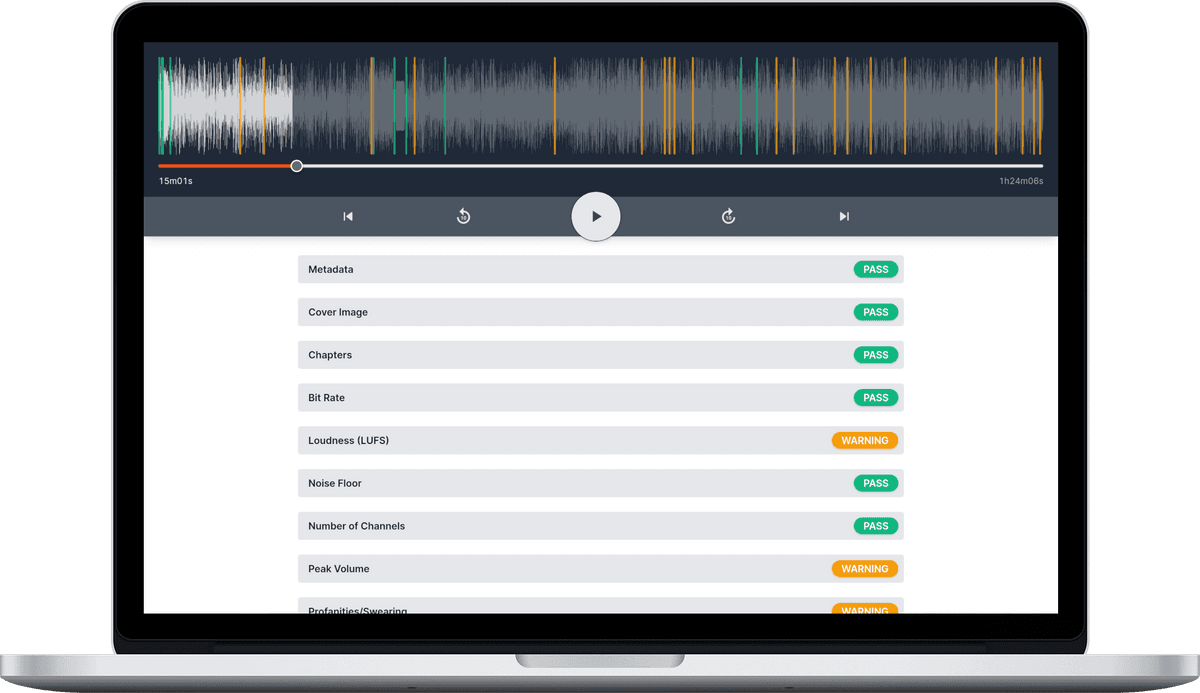Number of Channels
![]() Damian Moore, Last updated: 23 May 2022
Damian Moore, Last updated: 23 May 2022
Number of channels can generally be either 1 (mono) or 2 (stereo). Most music we listen to is in stereo as it’s designed to be played on a pair of speakers or a pair of headphones. If an audio file is mono then there is a single audio track playing the same out of both speakers or headphones. Stereo allows an audio engineer to give more of a sensory or spatial experience. There can be more than 2 channels used for things like movies with surround sound set-ups but this generally doesn’t apply to podcasts.
If your podcast isn’t based around music then you might be wondering if there’s any point in producing it in stereo. After all, most microphones are mono and the people talking are often in remote locations. There are benefits to it though and most people do listen to podcasts using headphones.
- The experience can be richer with musical intros, interludes and sound design that is in stereo.
- Discussions can be easier to listen to and comprehend if the recordings from each participant are panned to a different position very slightly to the left or right. This works because the listener gets an innate spatial model of where people are and can tell them apart more easily, even if they have similar voices.
- If you are considering running pre-produced adverts in your show then the advertisers are going to want them played in their original format.
You may think being in stereo would make your file size twice as large as mono. This really isn’t the case though, and you might notice only a small increase in file size. This is especially true if you use the “joint stereo” mode of compression as this uses differencing between the two channels which is very effective with panning as described above.
